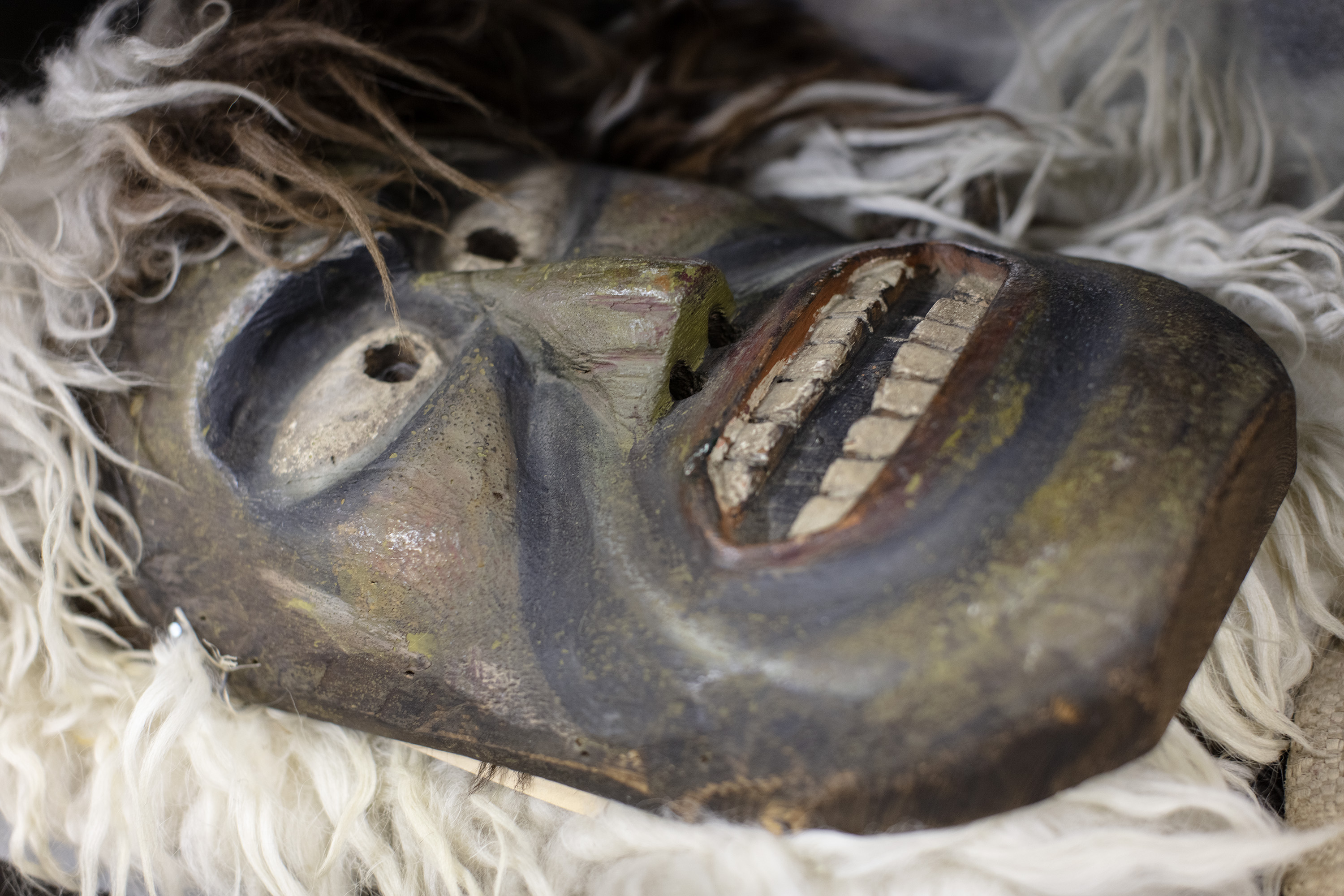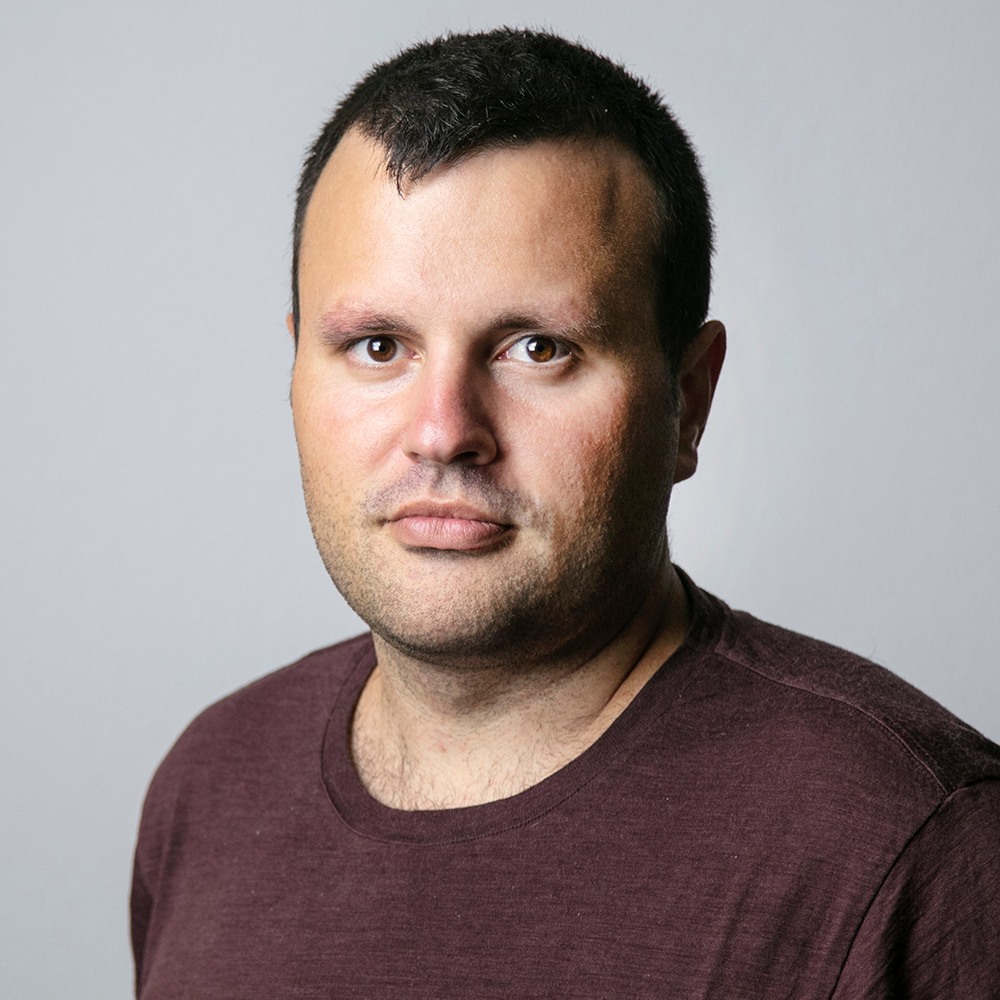Hiking is now officially part of ‘living traditions’

Hiking, the metal casting of cattle bells, sign languages and 26 other forms of cultural heritage are now in the national inventory of living traditions. The Swiss Confederation compiled the list in 2012 in cooperation with the cantons and has now updated it for the second time.
With the 29 new entries, the list now includes 228 significant forms of this cultural heritage, as the Federal Office of Culture (FOC) announced on TuesdayExternal link. With the ratification of the UNESCO Convention for the Safeguarding of the Intangible Cultural Heritage in 2008, Switzerland undertook to compile, maintain and periodically update an inventory of the intangible cultural heritage in Switzerland.
According to the FOC, suggestions from the population were once again taken into account when expanding the list. Hiking is one example. The list also includes knowledge and skills that are practised and passed on by smaller groups and communities – such as the casting of cattle bells in the cantons of Bern, Fribourg, Neuchâtel and Valais.
Recognition for sign languages
For the first time ever, a digital culture has also made it onto the list, according to the press release: in the so-called demoscene, which is an international computer art subculture focused on producing demos, enthusiastic programmers meet regularly to create computer-generated animations together.
The benefits of living traditions for environmental sustainability were also highlighted as part of this update, the FOC wrote. The newly included knowledge about the use of hydropower and other renewable energies in the cantons of Bern and Valais exemplifies how traditional knowledge and best practices can help to overcome current and future challenges, it said.
The Swiss Federation of the Deaf was pleased about the inclusion of the three Swiss sign languages on the list. At the same time, it demanded in a press release that the sign languages should also be legally recognised. The Federal Council is currently dealing with a motion to this effect that has been passed by Parliament.
This news story has been written and carefully fact-checked by an external editorial team. At SWI swissinfo.ch we select the most relevant news for an international audience and use automatic translation tools such as DeepL to translate them into English. Providing you with automatically translated news gives us the time to write more in-depth articles. You can find them here.
If you want to know more about how we work, have a look here, and if you have feedback on this news story please write to english@swissinfo.ch.

In compliance with the JTI standards
More: SWI swissinfo.ch certified by the Journalism Trust Initiative


















You can find an overview of ongoing debates with our journalists here . Please join us!
If you want to start a conversation about a topic raised in this article or want to report factual errors, email us at english@swissinfo.ch.